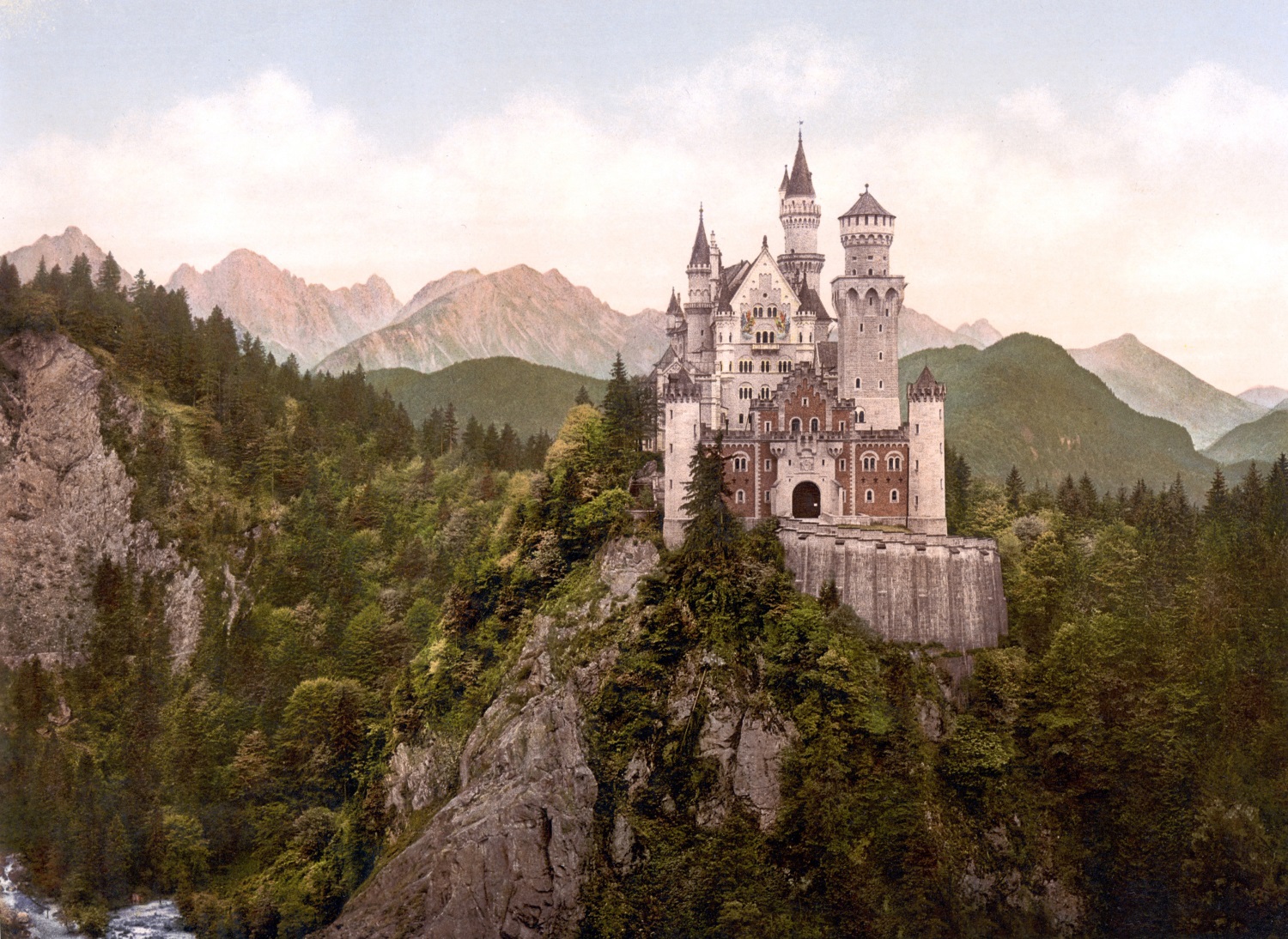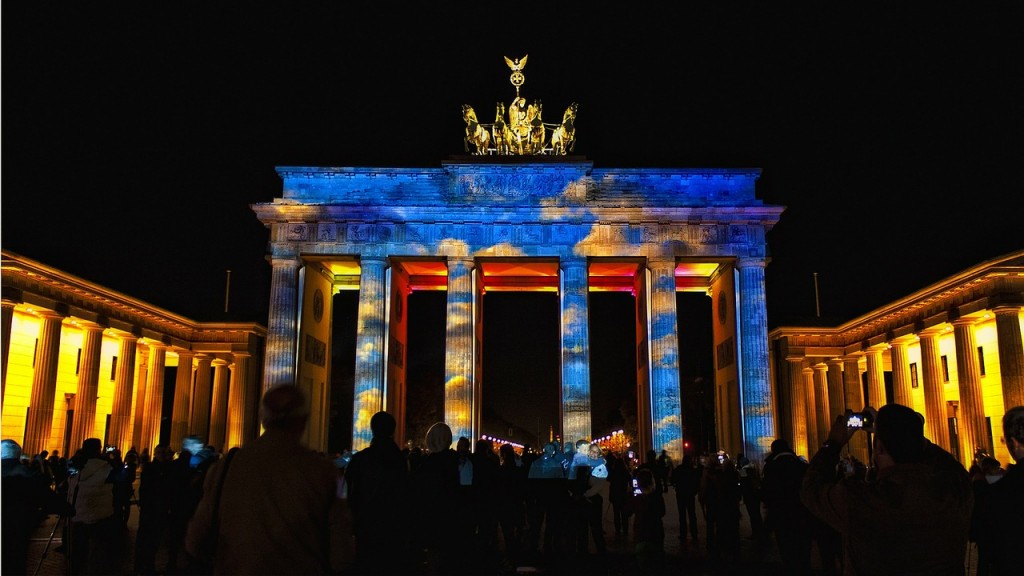8 Not-to-be-Missed Places In Germany
Though Germany’s history is as well known as any nation’s on the planet, it’s easy to forget that as a unified nation it stretches back less than a century and a half. Thankfully there are many more important and curious landmarks and sites to visit than you might expect from such a relatively young country. Here are the top 8 places you should make an effort to visit during your trip to Deutschland:
1. Neuschwanstein Castle, Füssen
One of the world’s most beautiful and recognisable castles, Neuschwanstein was built during the reign of King Ludwig II of Bavaria in the second half of the 19th century. Though you may not know the name you may perhaps recognise the castle as the inspiration behind Disney’s Sleeping Beauty, sitting prettily atop a hill near Füssen in south-west Germany. The Nazis used the castle as a stolen art repository during the Second World War; that they didn’t destroy the entire site, as they threatened to, is one of the few things we can thank them for.
2. Mount Zugspitze, Bavaria
Zugspitze is Germany’s highest mountain, peaking at nearly 3,000m above sea level, which lies at the southern edge of Bavaria on the border with Austria. The mountain offers incredible skiing and sightseeing opportunities and is one of the most popular tourist attractions among the cold-loving populace of central Europe. It also has a far more German sounding name than another nearby peak, the snigger-inducing Mount Wank.
3. St. Pauli FC, Hamburg
Football is hugely popular in Germany, which is fairly understandable when you consider how good they’ve been at it over the decades, and nowhere celebrates it better than St. Pauli, the second club of the city of Hamburg. A fiercely proud history of inclusion and camaraderie can be felt during every minute of a match at the club Millerntor Stadion, with St. Pauli’s famous skull and crossbones flags underlining their status as the noble outsiders of German football.
4. Reichstag, Berlin
The Reichstag was the original seat of the German legislature until it was badly damaged by the famous fire of 1933, and sat in general disrepair and disuse until its glorious restoration in the 1990s. It now sits as the proud centre of the German Parliament, the Bundestag, and a monument to the heroically successful reunification of the country.
5. Xanten Archaeological Park, Düsseldorf
Xanten, in the north-west of the country is home to one of the largest archaeological open air museums in the world. Xanten was an important central European site for the Romans with various camps scattered around the area to assist their quest for world domination, and the remains of these plus Germanic tribe settlements take pride of place at the archaeological park.
6. Pergamonmuseum, Berlin
Listed 35th on the most recent run-down of the world’s most visited museums, the Pergamonmuseum in Berlin is home to exhibits such as a full-size recreation of the Pergamon Altar. This was a monument constructed by King Eumenes II in the 2nd century BC at the acropolis of the ancient city of Pergamon in Asia Minor. Just why it’s been recreated in Germany is another matter, but it’s a fascinating exhibit nevertheless.
7. Königstein Fortress, Dresden
Sitting on the bank of the River Elbe a few miles south-east of the city of Dresden, Königstein Fortress is a powerful testament to German architecture stretching back 400 years or more. Once used as a state prison, today the fortress serves as an open-air military history museum, and one of the country’s most popular tourist attractions.
8. Brandenburg Gate, Berlin
One of Germany’s most recognisable landmarks, it’s perhaps surprising that the Brandenburg Gate has survived the extraordinary upheaval in this part of the world over the last century. Originally built in the late 18th century as a monument to peace by King Frederick William II of Prussia, it is unlikely he was expecting quite as many soldiers and diplomats to pass beneath its famous arches as have done during two world wars and the Cold War. The gate sits next to where the Berlin Wall stood, and was inaccessible during the Cold War.
Table of Contents
Photo by Peter Dargatz
You will almost certainly enjoy these attractions better if you have a few German worte (words) under your belt. Have a go at our German level test to check how strong your German is, and whether signs for Brandenburger Tor and Festung Königstein will leave you excited or baffled.




